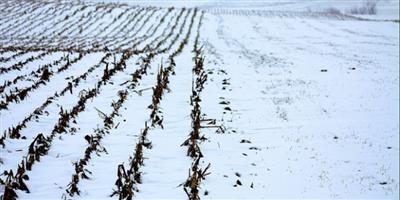Penton Agriculture reports:
Cooling sea surface temperatures in the equatorial Pacific Ocean have weather forecasters raising the possibility of a La Niña this fall to 70{e1c719bd29d6bb84a792d8ffcb03a61a093900316f2da3efbd39b86f03d248b8} from 55{e1c719bd29d6bb84a792d8ffcb03a61a093900316f2da3efbd39b86f03d248b8} to 60{e1c719bd29d6bb84a792d8ffcb03a61a093900316f2da3efbd39b86f03d248b8} last month. La Niña is the abnormal cooling of the sea surface in the equatorial Pacific Ocean.
La Niña events have been associated with lower-than-normal winter temperatures in the northern United States and warmer-than-normal temperatures in the Southeast. However, forecasts are predicting the La Niña will be weak, with a 55{e1c719bd29d6bb84a792d8ffcb03a61a093900316f2da3efbd39b86f03d248b8} chance it will last through the 2016-17 winter.
A very strong El Niño, which had a 19-month run, is coming to an end. Do the weather events impact grain prices? It appears a La Niña helps Australian coarse grain yields and may help wheat raised in the United States, but it puts downward pressure on wheat yields in Canada and the European Union, and coarse grain yields in the former Soviet Union.
U.S. corn and soybean yields and Argentine coarse grain and soybean yields are also likely to be lower in a La Niña year
Source: Agri-Marketing



